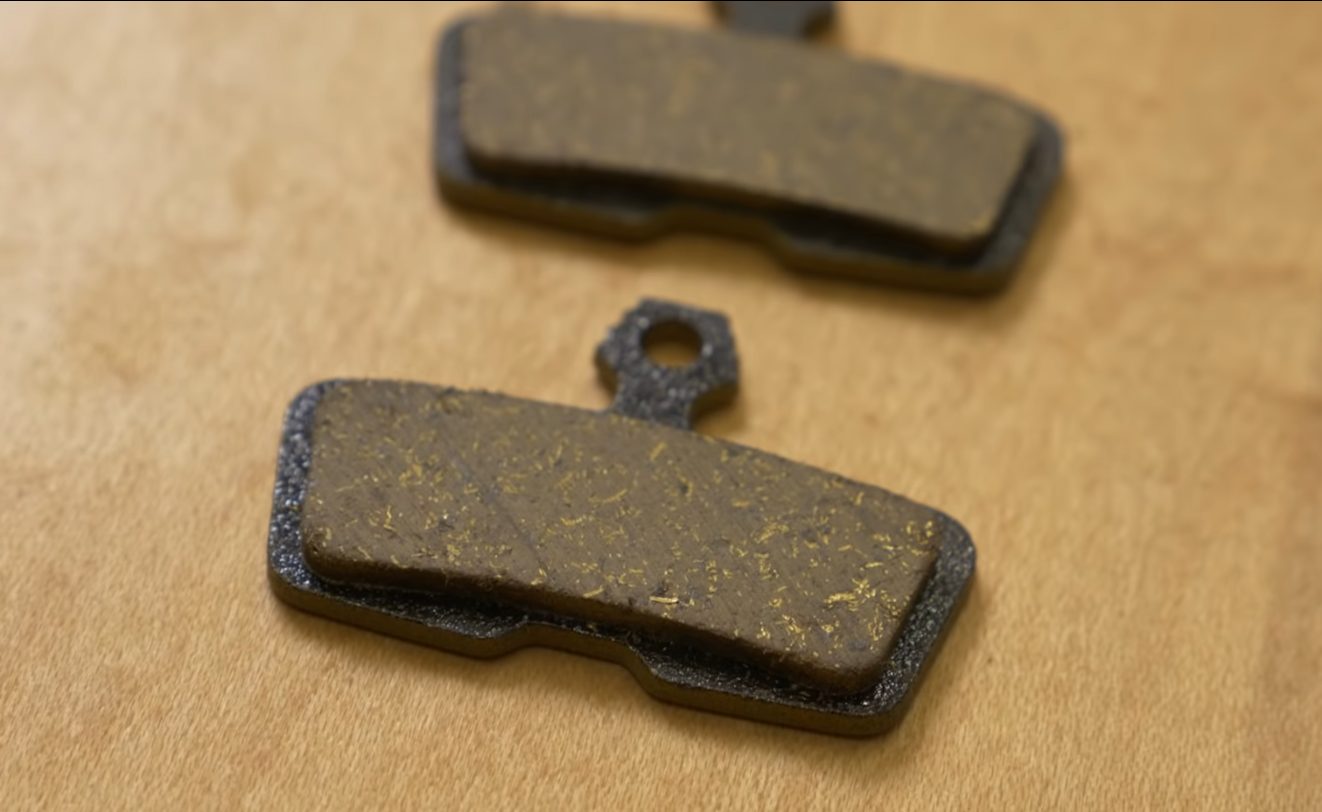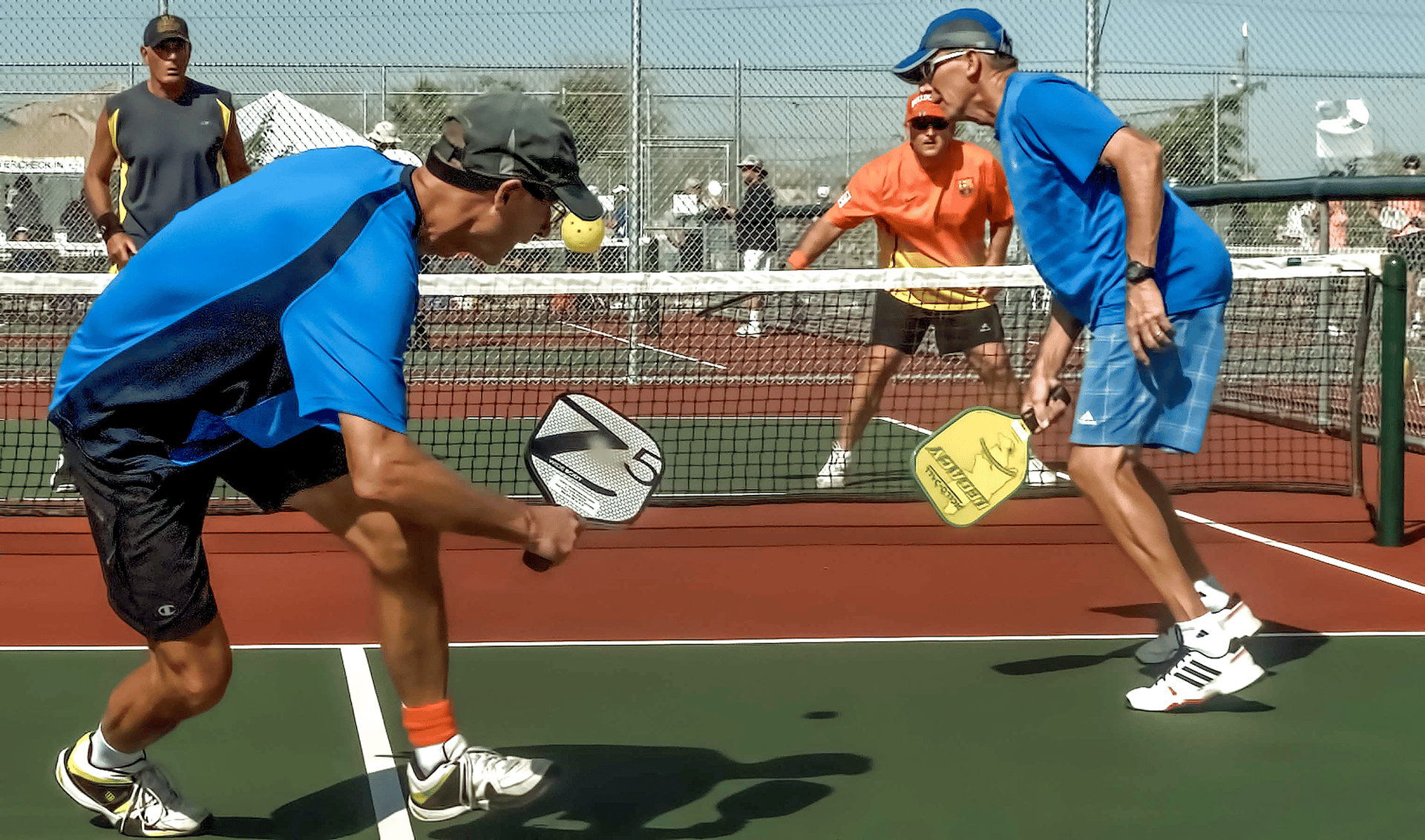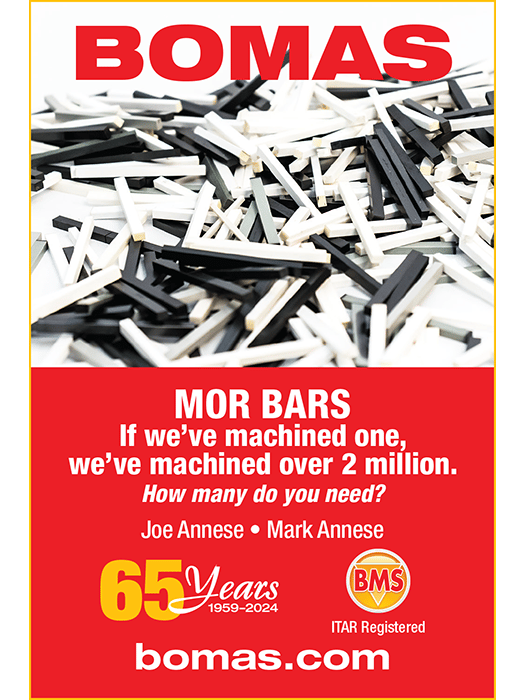
Holistic health:
Sport, fitness, and recreational activities
bulletin | cover feature
With estimated revenues of $1.9 trillion in 2023, sport, fitness, and recreational activities currently represent the largest segment of the global health and wellness industry with 30.8%.5
The ACerS Bulletin dedicated its December 2021 issue to this large sector to recognize the importance of sports in society and explain how ceramic and glass materials contribute to enhanced performance and provide safety in sports. Two major highlights from that article include
- Sports equipment and apparel benefit primarily from the addition of carbon fibers and fiberglass to produce composite materials, and
- Ceramic coatings are used to confer specific functionalities to sports textiles.
Currently, a main application of ceramic components in sports is as wearable sensors. Other emerging applications of ceramics in sports are for production of wear-resistant and lightweight components. For example, CeramicSpeed (Holtstebro, Denmark) manufactures silicon nitride ball bearings designed to replace traditional steel ball bearings and reduce the weight of bikes, especially those used for racing. Corrosion-resistance, durability, and performance are other distinctive qualities.
“Longevity of a well-built, high-quality ceramic bearing, in many cases, can be up to 10 times longer than commonly used stock bearings,” explains Martin Banke, executive vice president at CeramicSpeed, in a road.cc article.16 “The second advantage of ceramic bearings over stock steel bearings is their performance under load in reducing drag. Performance cyclists are performance driven, and all data shows that the best performing bearings for reducing drag are ceramic bearings.”
MTX Braking (Salt Lake City, Utah) produces ceramic brake pads for mountain and road bikes that are more durable, quiet, and heat-resistant than conventional metallic pads (Figure 2). Meanwhile, Kogel (El Paso, Texas) manufacturers other ceramic bike parts, such as brackets and derailleur cages.
Not only bikes use ceramics. Piezoelectric ceramic components, for instance, incorporated into smart skis convert ski vibrations into electrical energy, helping to keep the skis in contact with the snow.
Glass is gaining increased importance in home fitness, specifically in the building of low-budget home gyms.17 Floor-to-ceiling and wall-to-wall glass panes are used to create workout spaces within larger areas, such as basements, and act as noise barriers while enabling light transmission from and to surrounding rooms.18
HILO Smart Mirror (Montreal, Canada) has introduced two very compact smart mirrors (round and square) that can be easily mounted on every wall throughout the house. The smart mirrors are made from diamond-coated glass to protect against fingerprints, dust, scratches, and water.
HILO’s smart mirrors can be used as gym mirrors to check the body during a workout, amplify natural lights, and create the illusion of space. They also incorporate a display that allows the user to upload fitness apps and shows workout sessions the user can take, such as cardio and yoga classes. The smart mirror is interactive and features augmented reality and artificial intelligence software to virtually try cosmetic and hair products and purchase them electronically.

Figure 2. Close-up of the MTX Braking gold label heavy-duty ceramic brake pad. A blend of Kevlar and copper fibers are embedded in the ceramic.
Credit: Fanatik, YouTube
Glass and ceramic components have also become an integral part of virtual reality (VR) fitness gadgets and equipment aimed at making exercise more fun and appealing. According to the Virtual Reality Institute, a research organization studying the health impact of virtual and augmented reality,19 “VR is not just fun exercise. It is the first generation of exercise equipment capable of meaningful live biofeedback,” the organization says.
VR fitness sessions can be attended on a variety of electronic devices, including head-mounted displays, smartphones, tablets, laptops, and smart TVs. Although more in-depth studies are needed to fully assess the effects of VR, a preliminary review performed by the University of Minnesota in 2020 suggested that “VR exercise has the potential to exert a positive impact on individual’s physiological, psychological, and rehabilitative outcomes compared with traditional exercise.”20
The market for VR fitness is estimated to reach $17.4 billion in 2023, and it is forecast to have very rapid growth through 2032 with a CAGR of 31.2%,21 as more people prefer to exercise at home and look for personalized fitness sessions.
Scratch-resistant glass, such as the Gorilla Glass made by Corning (Corning, N.Y.), is used for fabrication of smart-watches and other wearable devices designed to monitor various physical parameters, such as heart rate, blood pressure, stress level, energy expenditure, and sleep patterns.
Garmin (Olathe, Kan.) sells a complete series of smartwatches with durable glass specifically designed for sports and fitness. These wearable devices meet the needs of both amateurs and professionals and are also capable of displaying training metrics, e.g., training readiness, morning report, recovery, training tips, daily suggested workouts, and training status.
SIDEBAR
Pickleball scores with the help of ceramic paddles
By Laurel Sheppard
Pickleball is a paddle sport that combines elements of tennis, badminton, and ping-pong. It is played either indoors or outdoors on a badminton-sized court using a slightly modified tennis net.
Pickleball traces its origin to 1965, when Washington state congressman Joel Prichard and businessman Bill Bell improvised the game using assorted sports equipment to entertain their bored families. But the popularity of the sport has exploded in recent years, with a report by the Association of Pickleball Professionals estimating that more than 36.5 million people played the sport in 2022.a
With this increased interest in pickleball, what was once a simple wooden paddle has morphed into paddles that feature numerous high-tech designs and materials, including ceramics.
For example, the face material on a pickleball paddle determines how heavy the paddle is and what type of player should use them. Ceramic materials are often used in pickleball paddle faces, such as
- Composite-faced paddles, typically fiberglass reinforced, are one of the most common paddle face types. They are suitable for all levels, including power and spin players.
- Graphite-faced paddles, which incorporate a thin layer of graphite on the paddle’s core, are lightweight and best for control players.
- Carbon-fiber-faced paddles are a recent addition to the game, resulting in extremely durable paddles. Thus, they are suitable for power players and those who “abuse” their paddles.
- Hybrid-faced paddles combine several materials, including all those previously discussed, and are suitable for all-around players.
Most pickleball paddles range in price from $60 to $230. Aluminum-faced paddles are some of the least expensive and so are a good choice for beginners or recreational players looking for an inexpensive option. Once a player decides to invest in the game, however, they may want to choose one of the other, ceramic-based options.
References
aJ. Golden, “Pickleball popularity exploded last year, with more than 36 million playing the sport,” CNBC. Published 5 Jan. 2023. Accessed 19 Oct. 2023.

Credit: Michael & Sherry Martin, Flickr (CC BY-NC-ND 2.0)

Credit: Michael & Sherry Martin, Flickr (CC BY-NC-ND 2.0)
Read more of the cover feature with each of the links below, or CLICK HERE to navigate to the next section in this article.
- Factors driving demand in the health and wellness industry
- Sport, fitness, and recreational activities
- Traditional, complementary, preventive, and personalized medicine
- Wellness tourism
- Nutrition and weight management
- Beauty and personal care
- Wellness real estate
- Mental and spiritual wellbeing
- Workplace wellness
